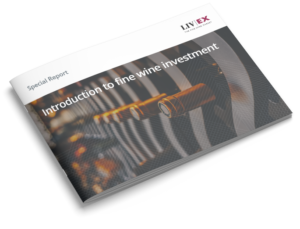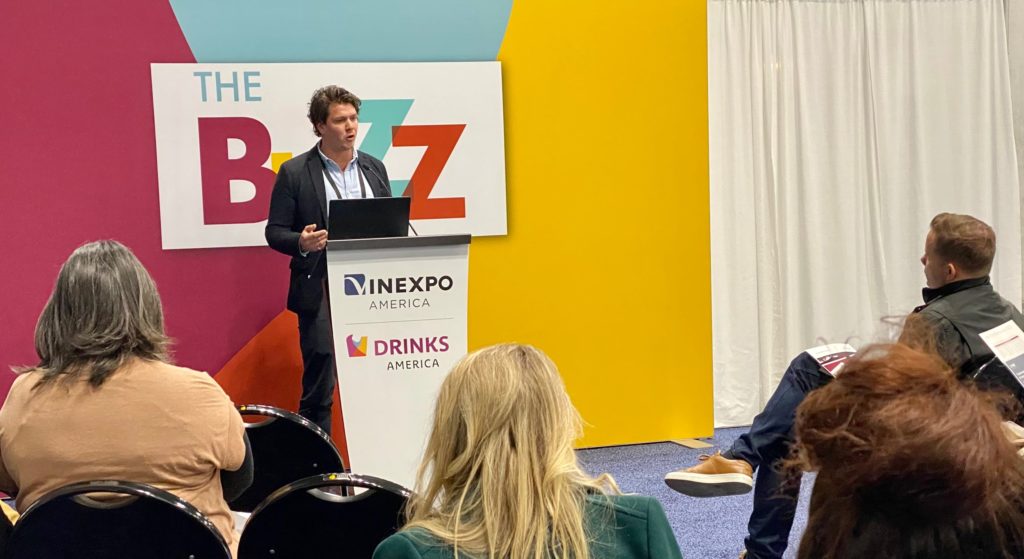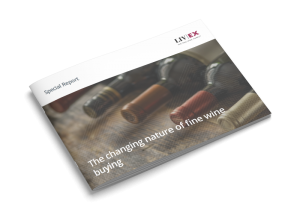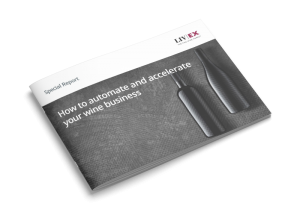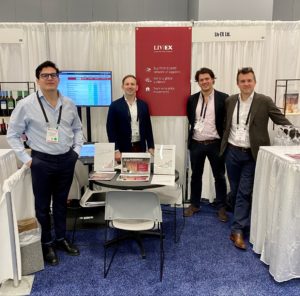Over the last 2-3 years, business models have emerged due to a huge amount of innovation was people looked at old things in a new way.
One such example is the Robin Hood-style investment model, offering wide investment to the masses. These businesses run on a low deposit business model, you can deposit as little as $1,000 and you can become someone who invests in wine. People who deposit either monthly or sporadically have low management fees; ranging from 2-3% and these companies build algorithms and robots to continuously analyse the market. The algorithm monitors all the live data and member interactions and uses that market knowledge to make automated purchases and sales. These also businesses act as market-makers. This is a concept which originated from stocks, shares and equities trade is now coming into wine thanks to the Liv-ex exchange. By embracing automation services and the global marketplace, Liv-ex provides an end-to-end service for consumers. Businesses can price the wine, buy the wine, store it in one of our warehouses and then sell it and you can offer all this out to the masses.
An NFT or cryptocurrency model is possibly the most nascent business model emerging as the wine trade takes a decision on how relevant the new technology. The most public example that people have quoted of where NFTs exist is in the art world and people buying digital images of monkeys for exorbitant amounts of money.

Robbie Stevens, Liv-ex Territory Manager for the Americas
People are trying to figure how these might operate in the wine space. For example, launching tokens or digitalized pictures or videos that are linked via smart contract to a bottle, case or carton of wine. A key benefit of technology like blockchain is creating traceability by guaranteeing provenance and fungibility. Difficulties can arise here due to a fragmented marketplace, slow adoption, and a lack of understanding. It is not yet clear where the profitability mechanism lies.
Fractionalisation is similar to the Robin Hood-style offering as it is generally geared towards retail investors, though institutional investors can profit from it as well. It’s linked to the rise in popularity of collectibles as people want to invest in Pokémon cards, wine or art. The difficulty with that is that there’s illiquidity, market access is difficult and there’s a high cost of entry. Fractionalised investments work by splitting up a case of wine or car into shares much like you would a company with an IPO. Companies then offer the ability to buy a share in a case of wine then trade their assets between investors who then over time hopefully realize a return. The wine market, historically, has shown low volatility with pretty stable historic performance and has provided a hedge against inflation so traditional investors are starting to see it as a place to diversify portfolios. Companies that have offered this type of investment are opening up the market to that diversification.
Finally, there is the collateral lending business model. Wines are mobile but they are a store of value and so once a business or collector buys wine, the money that they paid for it is locked off until they start to realize any benefit by either selling it or drinking it. Instead of seeing that as immobile cash until such a time, companies will lend against a wine merchant who would then, in a business scenario, use that money in wine as a store to then grow a business in a more efficient way. Liv-ex provides the data in order to value the wine. We provide real-time, independent valuation which allows those lenders can manage their risk appropriately.
Liv-ex Special Report – Introduction to fine wine investment
